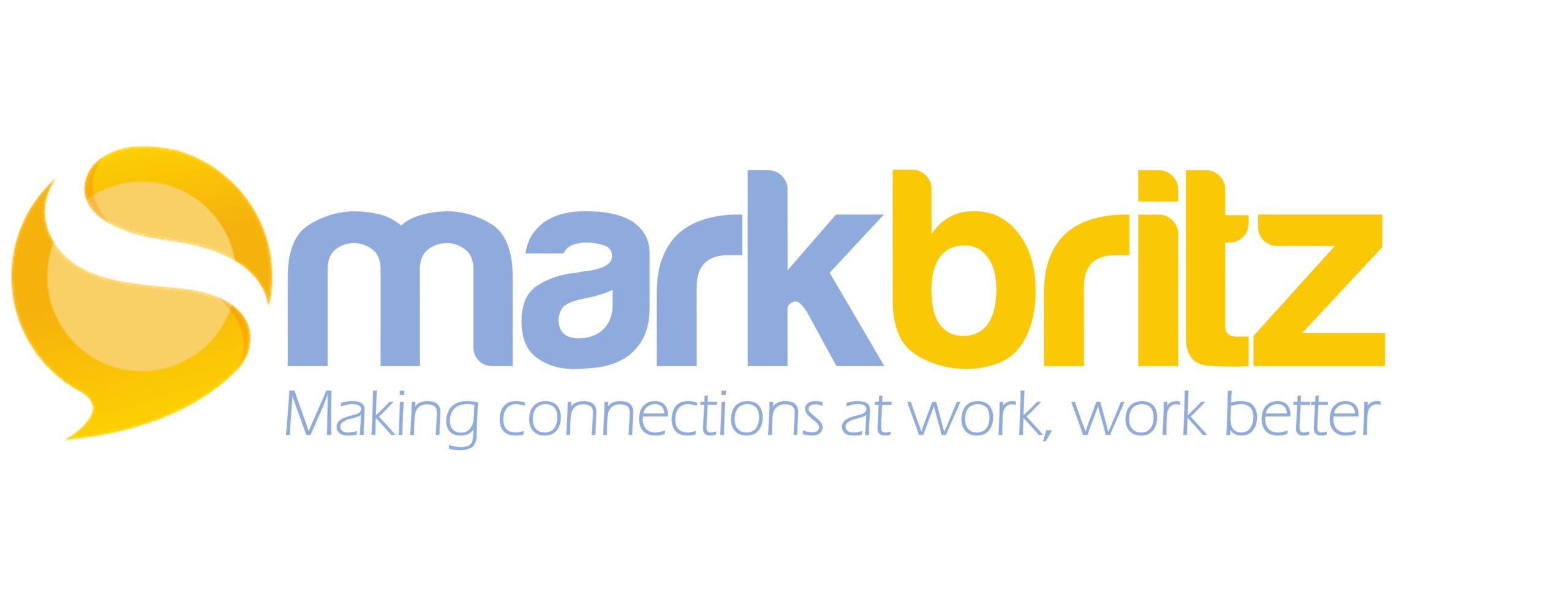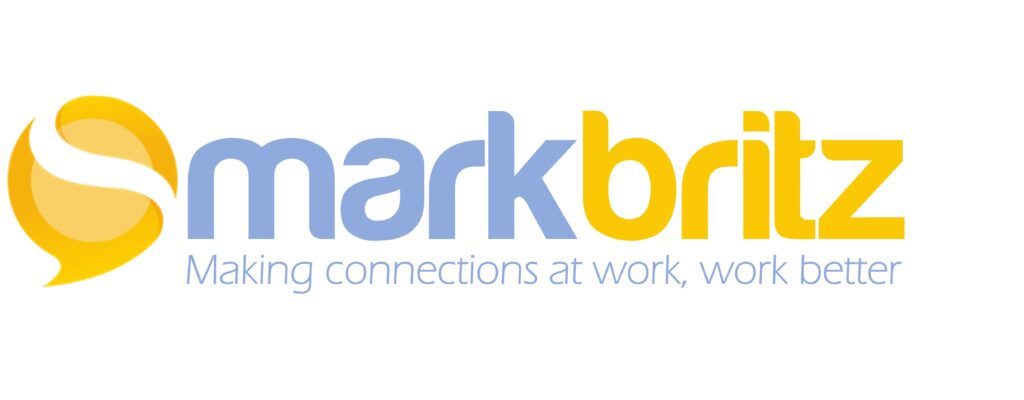When I joined my current organization there was much talk of the need for a corporate university to support the growing workforce. As I grew to understand our workforce I believed the model typically envisioned was not a good fit but rather than fight city hall and banter about with semantics I worked to massage the concept. In a previous life I did the same and took the approach of working within the system to change it. This idea surfaced again in an enlightening Skype recently with +Sam Burrough. Sam shared a similar sentiment regarding the “course” and how, although many call it such, he is using Curatr to change the innards if you will and make the traditional course design/delivery one that is more social and responsive to rapidly changing information.
In an open letter to my organization (sparing you org specific features as that would mean little) I shared the following about the direction I’m taking with organizational learning and the idea of a corporate university.
Most corporate universities have been built to mirror an academic university structure, one that emphasizes a “learn then apply” model. Academic institutions typically consist of these three elements, in order of importance, to support this model:
The university you likely attended was built on the idea that you entered knowing little and exited knowing more. Your success was measured in grades and degrees. This is not the ideal model for an agile organization? Employees are practitioners and experts, not novice students.
In a recent webinar attended by over 50 employees, I asked the following question (one Charles Jennings has asked many times):
“When you think about one great learning experience you’ve had, can you remember where it occurred – In a classroom, workshop or while completing a task?”
Over 80 percent of respondents said that the greater learning occurred while completing a task.
It’s fair to say that the majority of our real learning happens in the activities we undertake; through trial and error and in our interactions with peers and experts. Likewise, significantly less learning happens in formal settings such as classes, workshops and elearning. Yet corporations spend much of their money and employee’s time on structured learning approaches.
In organizations, the primary focus is working not formal learning. And rather than grades, employees strive to achieve business results. To support this we need to transform the traditional model from a structure designed for students and learning to one that supports employees and performing. In this shift the elements remain but the emphasis is reversed.
1. The Commons – Innovation happens when people connect and collaborate.In the flow of work, employees turn to each other for answers, advice, tips and resources to get the job done. Therefore social networks and the ability to connect within them, in communities of practice and communities of interest, are necessities for today’s workforce. Soon we will be opening up our collaborative network powered by Jive and supporting your efforts to work in an open environment.
2. The Library – Organizational resources cannot be static like those found in university libraries. The ability to capture and incorporate new ideas and practices into explicit resources ensures agility in a rapidly changing world of information. User-generated content can move quickly through a repeating cycle of improvement to remain current and easily accessed. Our internal Knowledge Management system and SharePoint libraries will house more explicit resources and information you can pull from to aid you in the work you do. We will continue to partner with our people to constantly refine and improve materials and their delivery.
3. The Classes – Although necessary at times, especially for novice employees, formal learning needs to be done in a way that is most advantageous for employees and the organization; by not adding friction to one’s productivity. Formal courses should be parsed into small pieces for easy access and application in workflow, where new knowledge and skills can be more immediately applied. Lynda.com is a perfect example of a rich catalog of courses, accessible from any device, for just-in-time, just enough, structured learning.
Times have changed and so has organizational learning. Corporate universities today can best be structured as a framework for continuous learning. As such they need to serve the agile needs of an organization looking to innovate and thrive. The core structure of a corporate university today should be one that will continue to respect current levels of knowledge, support accessibility of quality information, and use collaborative platforms as pathways to connect people to their peers and the information needed to perform and succeed.
Short on details I know but we are well underway using several current tools and a few new ones to meet the needs of our extended workforce. I look to share more examples and progress here as we press on. Stay tuned, 2014 looks very exciting.


